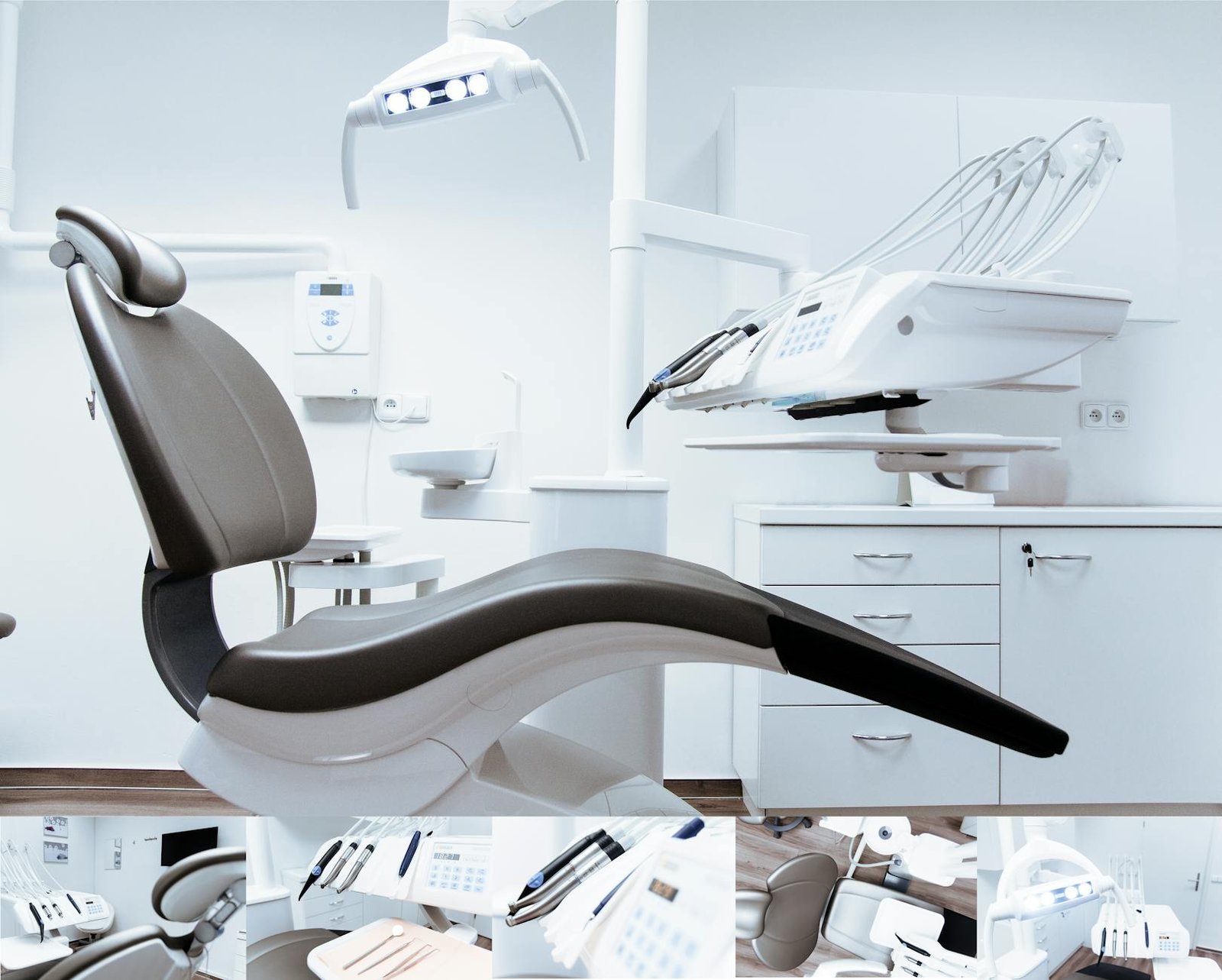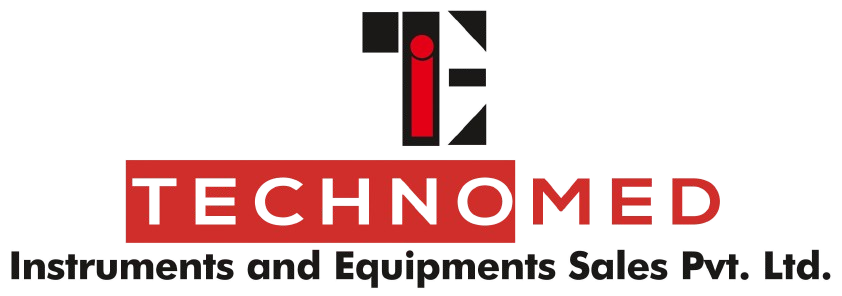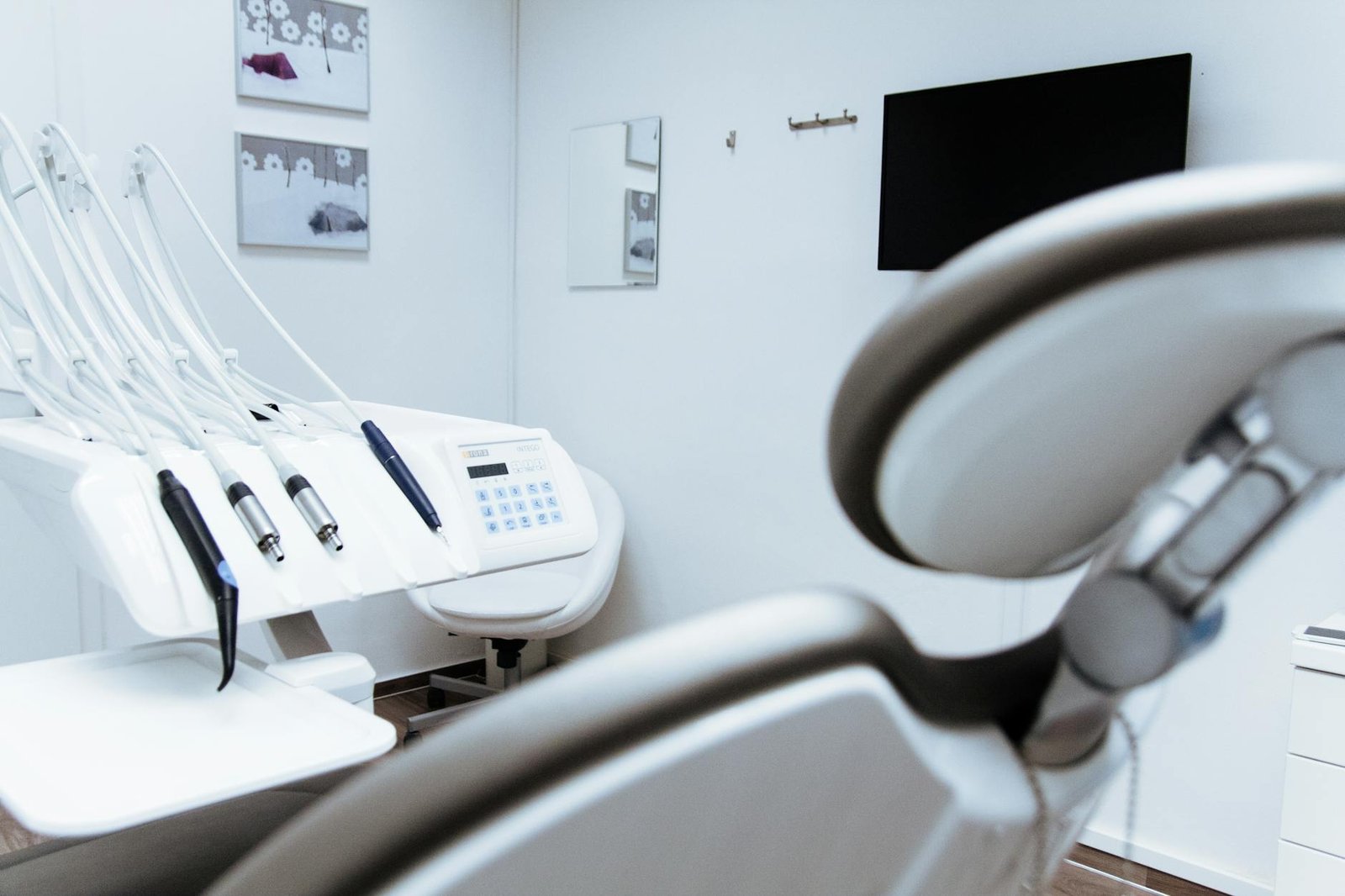What is Medical Equipment Manufacturers
Medical Equipment Manufacturers
Ever wonder why some medical practices thrive while others struggle? The difference often comes down to one thing: the equipment they trust.
Let’s cut through the noise. If you’re responsible for equipping a medical facility, you’re about to discover the manufacturers who consistently deliver game-changing technology that patients actually notice.
I’ve spent the last decade evaluating medical equipment manufacturers across North America, Europe, and Asia. What I found will save you countless hours of research and potentially millions in equipment investment.
The medical equipment landscape changed dramatically post-2023, with new players disrupting the market and traditional giants either adapting or falling behind.
But which manufacturers are truly worth your trust and budget in 2025? The answer might surprise even industry veterans.
Overview of the Medical Equipment Industry in 2025

Current market size and growth projections
The medical equipment industry is absolutely booming in 2025. We’re looking at a global market value of $612 billion this year, with projections to hit $850 billion by 2030. That’s a CAGR of 6.8% – pretty impressive for any industry, but especially noteworthy considering the economic fluctuations we’ve seen lately.
North America still dominates with about 38% of the market share, but Asia-Pacific is the real story here. They’re growing at nearly 9% annually, with China and India leading the charge as their healthcare infrastructures expand rapidly.
Wearable medical devices? That segment alone is up 22% from last year. Home healthcare equipment sales have jumped 17% as remote patient monitoring becomes the norm rather than the exception.
Key technological advancements shaping the industry
AI integration has completely transformed medical equipment in ways we couldn’t have imagined five years ago. Diagnostic imaging systems now detect conditions with 97% accuracy – better than most human specialists.
3D bioprinting has moved beyond experimental to practical application. Hospitals are printing patient-specific surgical models, and the first 3D-printed organs for transplantation are in final clinical trials.
Quantum sensors in medical devices have improved sensitivity by orders of magnitude. Blood glucose monitors now work through skin without needles, and brain activity monitors can detect neurological issues months before traditional symptoms appear.
The Internet of Medical Things (IoMT) has created seamlessly connected care ecosystems. A typical hospital now manages over 30,000 connected devices – all sharing data in real-time.
Impact of post-pandemic healthcare reforms on equipment manufacturing
The pandemic’s shadow still looms large over healthcare in 2025. Supply chain resilience isn’t just a buzzword anymore – it’s a regulatory requirement in most countries. 78% of manufacturers now maintain production capabilities across at least three continents.
Government healthcare spending has skyrocketed. The U.S. alone has increased medical research funding by $42 billion since 2023, with similar patterns worldwide. This cash influx has accelerated innovation cycles dramatically.
Telemedicine integration is now standard for new equipment. Every major manufacturer embeds remote diagnostic capabilities in their devices, creating huge demand for specialized sensors and secure data transmission components.
Public health infrastructure investments have created entirely new equipment categories. Advanced pathogen detection systems, once found only in specialized labs, are now standard in schools, transportation hubs, and public buildings.
Regulatory landscape affecting global manufacturers
Regulatory harmonization efforts have finally gained serious traction. The International Medical Device Regulators Forum (IMDRF) standards are now recognized in 47 countries, dramatically simplifying approval processes for manufacturers.
AI regulation remains the biggest challenge. The FDA’s Adaptive Medical Device Framework now requires continuous monitoring and validation of AI algorithms throughout a product’s lifecycle – a major compliance headache but ultimately better for patient safety.
Cybersecurity requirements have become incredibly stringent. Medical device manufacturers must now prove their products can withstand sophisticated attacks, with quarterly security audits mandated for critical care equipment.
Environmental regulations are reshaping manufacturing processes too. The EU’s Medical Device Environmental Impact Directive requires full lifecycle carbon accounting, while single-use medical plastic is being phased out globally, driving innovation in biodegradable alternatives and reusable designs.
Top-Tier Medical Imaging Equipment Manufacturers

Leaders in MRI and CT scanning technology
The medical imaging landscape in 2025 is dominated by innovation powerhouses that continue to push boundaries. Siemens Healthineers remains at the forefront with their MAGNETOM Terra 7T MRI system, offering unprecedented neural tissue visualization. Their latest AI-driven reconstruction algorithms have cut scan times by 40% compared to 2023 models.
GE Healthcare isn’t far behind. Their Revolution Apex CT scanner has redefined low-dose imaging with detector sensitivity that captures 40% more photons than competitors. Doctors rave about the clarity—”It’s like switching from standard to 8K resolution,” says Dr. Hannah Reeves at Mayo Clinic.
Philips has made waves with their Ambient Experience MRI suites, which dramatically reduce patient anxiety through immersive environments. Their patient-centered approach has slashed repeat scan rates from 7% to under 2% in most facilities.
Canon Medical (formerly Toshiba) deserves special mention for their Vantage Orian MRI’s noise reduction technology—operating at just 71 decibels compared to the industry average of 95-110 decibels. Talk about a patient comfort game-changer!
Innovative ultrasound equipment developers
When it comes to ultrasound innovation, Butterfly Network changed everything with their single-probe approach. Their latest Butterfly iQ+ Pro connects to any smartphone and delivers multi-specialty imaging at a fraction of traditional systems’ cost.
GE’s Voluson E10 continues to dominate the premium segment with its extraordinary 4D rendering capabilities. OB/GYNs particularly value its HDlive technology, which provides photo-realistic fetal imaging that helps parents connect with their babies months before birth.
Samsung Medison has become the dark horse in this race. Their HERA W10 system features Crystal Architecture that processes data at twice the speed of previous generations. The image clarity is nothing short of spectacular.
Philips’ Lumify handheld ultrasound deserves credit for democratizing point-of-care imaging. Their subscription model (starting at $199/month) has made professional-grade ultrasound accessible to rural clinics and developing regions.
Emerging players in portable diagnostic imaging
The portable imaging space is exploding with innovation from nimble startups and established players alike. Butterfly Network may have pioneered handheld ultrasound, but Clarius Mobile Health has refined it with their wireless probes that deliver console-quality images to any smart device. Their battery life now extends to 90 minutes of continuous scanning—a 50% improvement over 2023 models.
Hyperfine deserves massive props for their Swoop portable MRI system. This wheeled wonder can be rolled directly to a patient’s bedside and plugs into standard outlets. At $50,000, it’s a fraction of traditional MRI costs.
United Imaging’s uMI 550 is redefining portable PET-CT with a footprint 40% smaller than conventional systems. It can be transported in a standard medical trailer, bringing advanced imaging to underserved communities.
KA Imaging’s Reveal 35C deserves special mention for their portable dual-energy X-ray technology that differentiates soft tissue, bone, and foreign objects in a single exposure—all while using standard X-ray equipment.
Manufacturers specializing in AI-enhanced imaging solutions
AI integration has transformed medical imaging from simple visualization to diagnostic powerhouses. Aidoc continues to lead with algorithms that can flag critical findings across multiple modalities. Their latest stroke detection suite identifies large vessel occlusions in under 4 minutes—vital when every minute means millions of neurons lost.
Zebra Medical Vision (now part of Nanox) offers an impressive AI1 platform that analyzes everything from mammograms to CT scans. Their bone health analysis can detect osteoporosis years before fractures occur.
Subtle Medical’s SubtleMR reduces scan times by 4x while maintaining diagnostic quality through deep learning reconstruction. This means more patients scanned per day and less time in claustrophobic tubes.
Siemens Healthineers’ AI-Rad Companion integrates seamlessly across their entire imaging portfolio. Their automated measurements and comparisons to reference databases have reduced reporting times by an average of 33%.
Comparative analysis of price-to-performance ratios
Finding the sweet spot between performance and budget is crucial for healthcare facilities. Here’s how the major players stack up:
| Manufacturer | Entry-Level Cost | Mid-Range Cost | Premium Cost | 5-Year TCO | Value Rating |
|---|---|---|---|---|---|
| Siemens | $850K | $1.2M | $2.4M | High | ★★★★☆ |
| GE Healthcare | $780K | $1.1M | $2.2M | Medium | ★★★★☆ |
| Philips | $800K | $1.3M | $2.5M | Medium | ★★★★★ |
| Canon | $750K | $1.0M | $1.9M | Low | ★★★★★ |
| United Imaging | $700K | $950K | $1.8M | Low | ★★★☆☆ |
Canon offers the best overall value with competitive upfront costs and the lowest total cost of ownership thanks to their efficient service contracts and lower energy consumption. Philips commands premium prices but justifies them with superior user interfaces and patient experience features that boost throughput.
The real disruptors are specialized manufacturers like Hyperfine, whose $50K portable MRI represents a fraction of traditional systems’ cost while opening new use cases impossible with conventional imaging.





